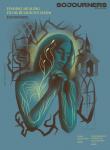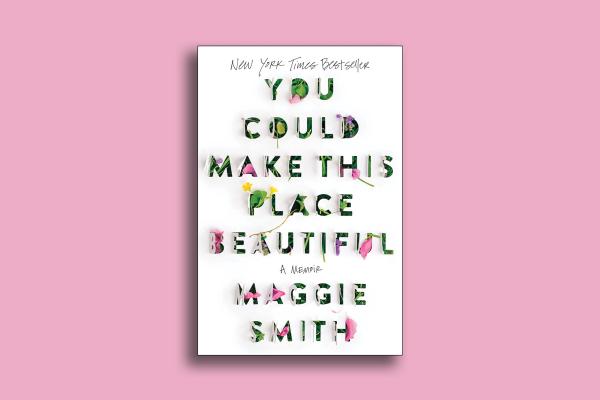OUT OF DARKNESS, the Lord lit a flame — then shaped humans by the glow and placed them in a garden, charging them to tend it and make it beautiful. In her new memoir, poet Maggie Smith promises that this is possible: You Could Make This Place Beautiful.
Smith explores her rise to fame after the publication of “Good Bones,” deemed the “official poem of 2016” by Public Radio International and the source of her memoir title. In the poem she writes, “Life is short and the world / is at least half terrible, and for every kind / stranger, there is one who would break you, / though I keep this from my children. I am trying / to sell them the world. Any decent realtor, / walking you through a real shithole, chirps on / about good bones: This place could be beautiful, / right? You could make this place beautiful.”
According to Smith, her rise in popularity contributed to the end of her marriage. In her memoir, she shares how she forged her way back to herself. She realized her marriage was structured around patriarchal gender roles: She’d spent years of her adult life with a man who saw her writing as an activity for her “spare time,” outside of housework and child care. At the end of her marriage, Smith asked, “What do I have now? What do I have to hold on to?” She goes on, “When I looked down, I saw the pen in my hand.”
Smith, 46, details the complexities of finding yourself starting over later in life. Each chapter is a stand-alone story. In one vignette, she recalls being struck by lightning the night she moved in with her boyfriend (and future ex-husband). In another, she details her discovery of a postcard that first made her suspicious of her husband’s infidelity.
When a poet writes a memoir, they bare their soul. Yet Smith drapes a veil on certain memories, gesturing to her readers that there’s something behind the curtain — something she reserves for herself. This book is not a tell-all, Smith promises. She calls it a “tell-mine,” “find-mine,” and “keep-mine.” In the epigraph, Smith charges herself with a line from Emily Dickinson: “I am out with lanterns, looking for myself.”
Smith, an agnostic, often calls on an “omniscient narrator” as she looks for the cracks in her marriage. She writes, “How can I tell [my story] if I can’t find it? If I’m still out with lanterns. If the questions are burning, burning, burning — and the omniscient narrator, the one with all the answers, is nowhere to be found.”
We don’t need to strip ourselves of brokenness to be found. Psalm 34 tells us that the Lord draws close to the brokenhearted. Our brokenness can light the way to where we need to be. As Smith writes, “[Y]ou change the darkness just by entering it. You clear a path through it.”
So, what does it look like to make this place beautiful? For Smith, beauty is “unselfconscious joy, tenderness, and togetherness.” The poet teaches us how to change direction, to create a new path and let the light in: “I went to find beauty, and it was still there. I go looking for it, and it’s there.”

Got something to say about what you're reading? We value your feedback!






